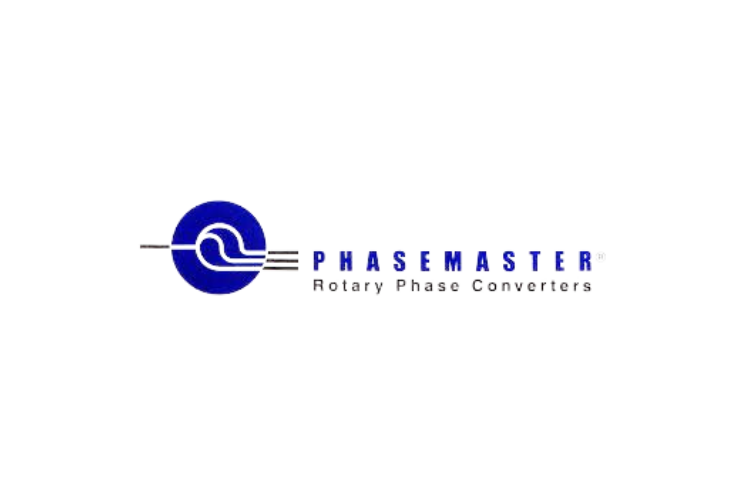Why Should I Use A Phase Converter
Why would I use a phase converter?
The principle advantage of a phase converter is a matter of economics. Electric utility companies typically charge substantial fees to extend 3-phase service to areas not currently served. Charges vary by terrain, but it is widely accepted that line extension costs range from $30,000 to $90,000 per mile with a common average being $50,000. In addition to those utility costs, there is the added expense of a 3-phase service panel and associated internal distribution wiring.
The rotary phase converter is virtually always a less expensive alternative to this approach because it completely eliminates utility installation charges and does not require a new 3-phase service panel. It can usually be installed right off an existing 1-phase circuit at the main service. In addition to those savings, a phase converter may afford substantial savings on utility bills by eliminating the typical demand charges that accompany most 3-phase services.
In some situations, a machine owner may choose to replace 3-phase motors with 1-phase motors to operate on the existing 1-phase service. This may be a viable alternative on small horsepower loads but generally 1-phase motors above 3 HP are extremely expensive and very difficult to locate. As a further consideration whether to change equipment to 1-phase, it should be noted that most of the time you would be economically ahead to choose 3-phase motors and a phase converter for several reasons:
- 3-phase motors run more efficiently than single-phase motors.
- 3-phase motors are less expensive to purchase than single-phase motors.
- 3-phase motors are more readily available than single-phase motors.
- 3-phase motors are more reliable than single-phase motors.
- 3-phase motors will last 6-8 years longer than single-phase motors.
Immediate power availability. A phase converter can be installed in a few hours compared to several weeks or even months for utility line extensions.
